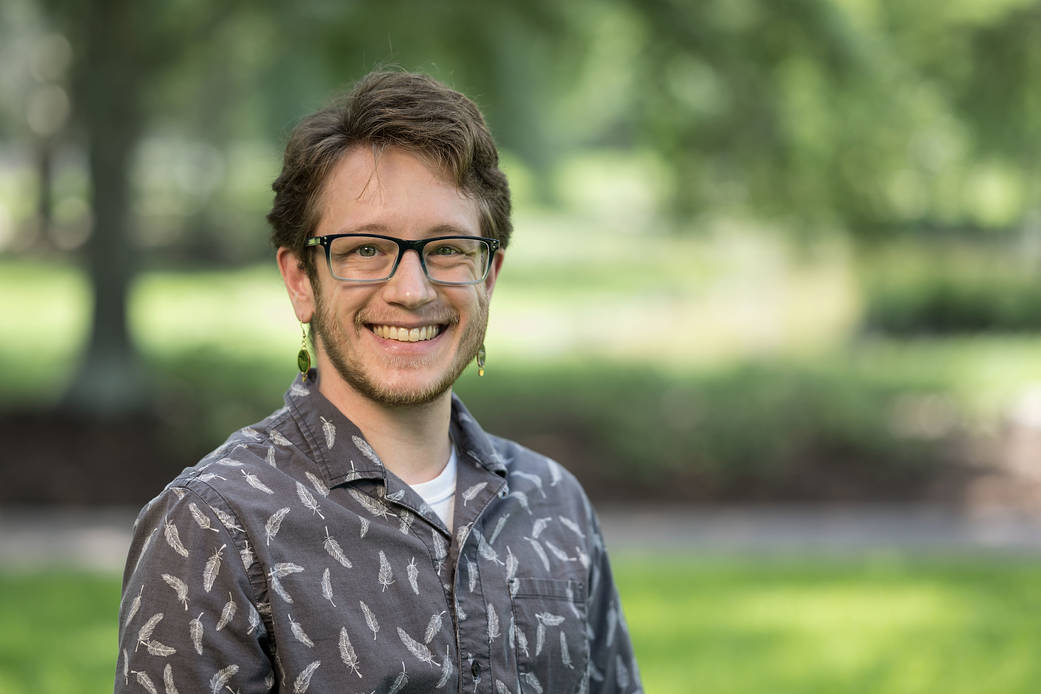“When I first came out, I did not come out as nonbinary at work. I wasn’t sure that people would accept that, so I came out as transmasculine and am only recently being completely authentic about it, like, ‘Actually, I’m nonbinary, and my pronouns are they/them.’
“But even before I was completely open about that, I kind of decided, ‘Well, I can either keep my head down and just kind of slip through the cracks, or I can take up progressively more space and be vocal about who I am and what I’m doing here and try to wedge the cracks open.’ Because all of the transgender people I know at NASA are white, and most of the transgender people I know at NASA are transmasculine and not transfeminine. That disparity is sort of reflective of the general world, is that the intersections of race and gender and sexuality, that the burdens of minoritization, fall the heaviest on Black transfeminine people who often are not afforded the same grace and the same opportunities that white, light-skinned, or transmasculine people are. And you can get into all kinds of different intersectionalities there, which I do not share or only partially share.
“And so, first of all, my ideal is to get people used to the idea of a trans person in their workplace. Second of all, to push for material improvements that are going to make everybody safer, like gender-neutral restrooms, are a huge one that are baseline safety that’s not about how other people treat you and cannot be taken away by having your co-workers change. And then, third of all, to bring up — whenever I get the opportunity — that I’m sort of on the high end of the privilege scale here, and however bad people think I have it, I actually have it quite good for a trans person in this country.
“In order to really bring the community up, we have to lift from the bottom. And when we do things that improve equity for the people who have it the worst, we are improving equity across the board. Focusing only on the top of the stack, on the people who are right next to you, is not going to improve things in general. It’s just going to widen the gap between people who have it best and the people who have it worst. So, that’s one of the main purposes of being visible and being out in the workplace for me.”
— S. J. Ralston, Mars Research Scientist, Jacobs Technology, NASA’s Johnson Space Center
Image Credit: NASA / James Blair
Interviewer: NASA / Michelle Zajac
























